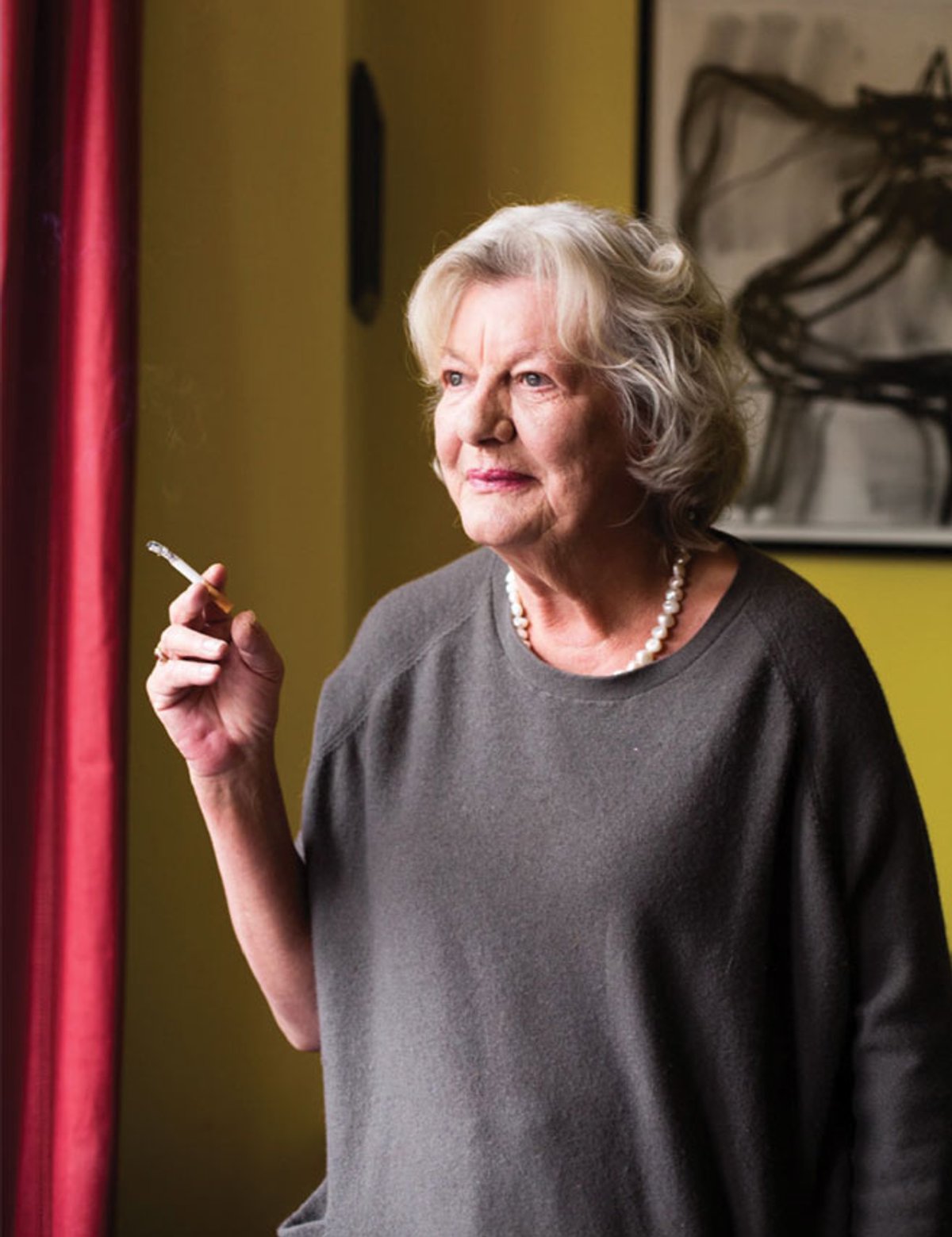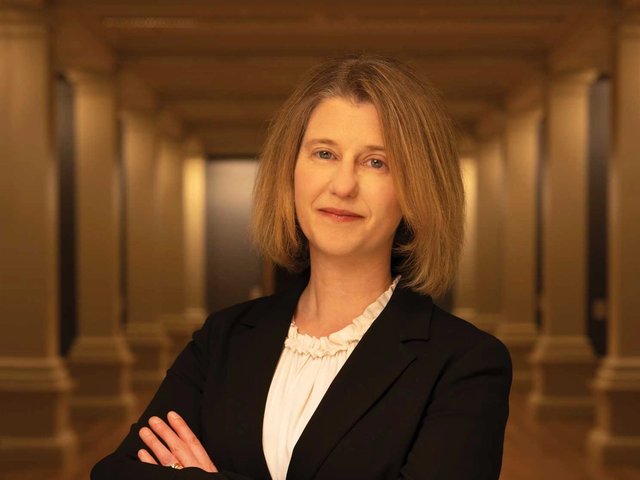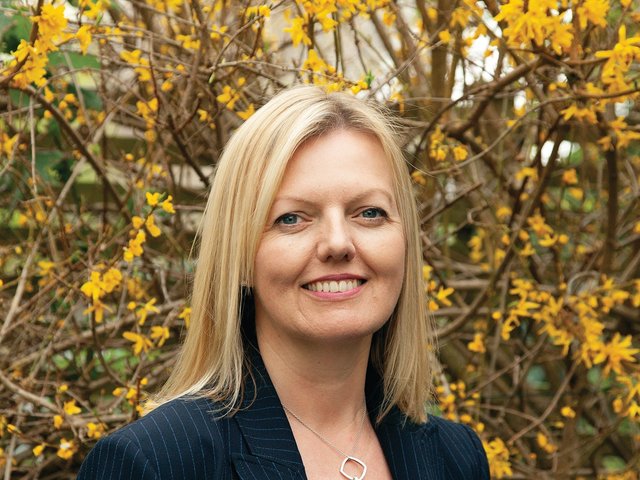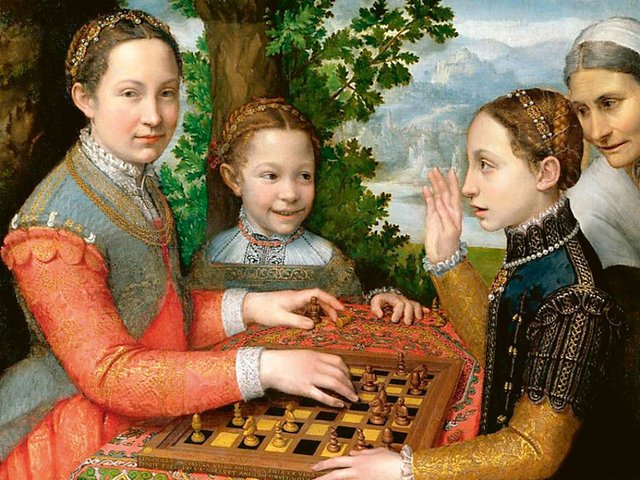In a career spanning more than 50 years, the UK journalist Lynn Barber has interviewed numerous artists, writing in the last line of her new book A Little Art Education that “they have this consuming passion that will last them all their lives”. Barber, a self-proclaimed art-world outsider whose memoir was made into the acclaimed film An Education (2009), reminisces and regales in this compilation of her encounters over the decades. She describes why she came to admire Tracey Emin but fell out with other big players including Jake and Dinos Chapman following a fractious interview for The Observer newspaper in 1999.
The Art Newspaper: You say in the book that you “hugely admire artists for their courage, their willingness to take risks and trust their whole future to their own creativity”. Have you always been of this opinion?
Lynn Barber: When I was a child, I didn’t have any opinion about it [art] at all, but I’ve increasingly been impressed by artists’ courage and willingness to take risks. Although Tracey [Emin] or Sarah Lucas are successful now, there were great periods of their career when they weren’t earning anything but they still kept at it. And then I was hugely impressed by that Michael Landy work, when he destroyed everything he owned [Break Down, 2001], including artworks given to him by friends. I thought that was such a brave thing to do.
Which artist confounded your expectations the most?
Well, obviously the Chapman brothers—we’ll come onto them—but not confounded [as such]. Howard Hodgkin’s habit of bursting into tears was, I found, excruciatingly embarrassing. I’d say something wrong and he’d start blubbing away with really shoulder-shaking tears, and it was just embarrassing. I criticised the titles of his pictures, and he said, “Oh, you cut me to the quick. That’s terrible. That’s terrible.” But he still went on seeing me. So I guess he was just somebody who cried very easily.
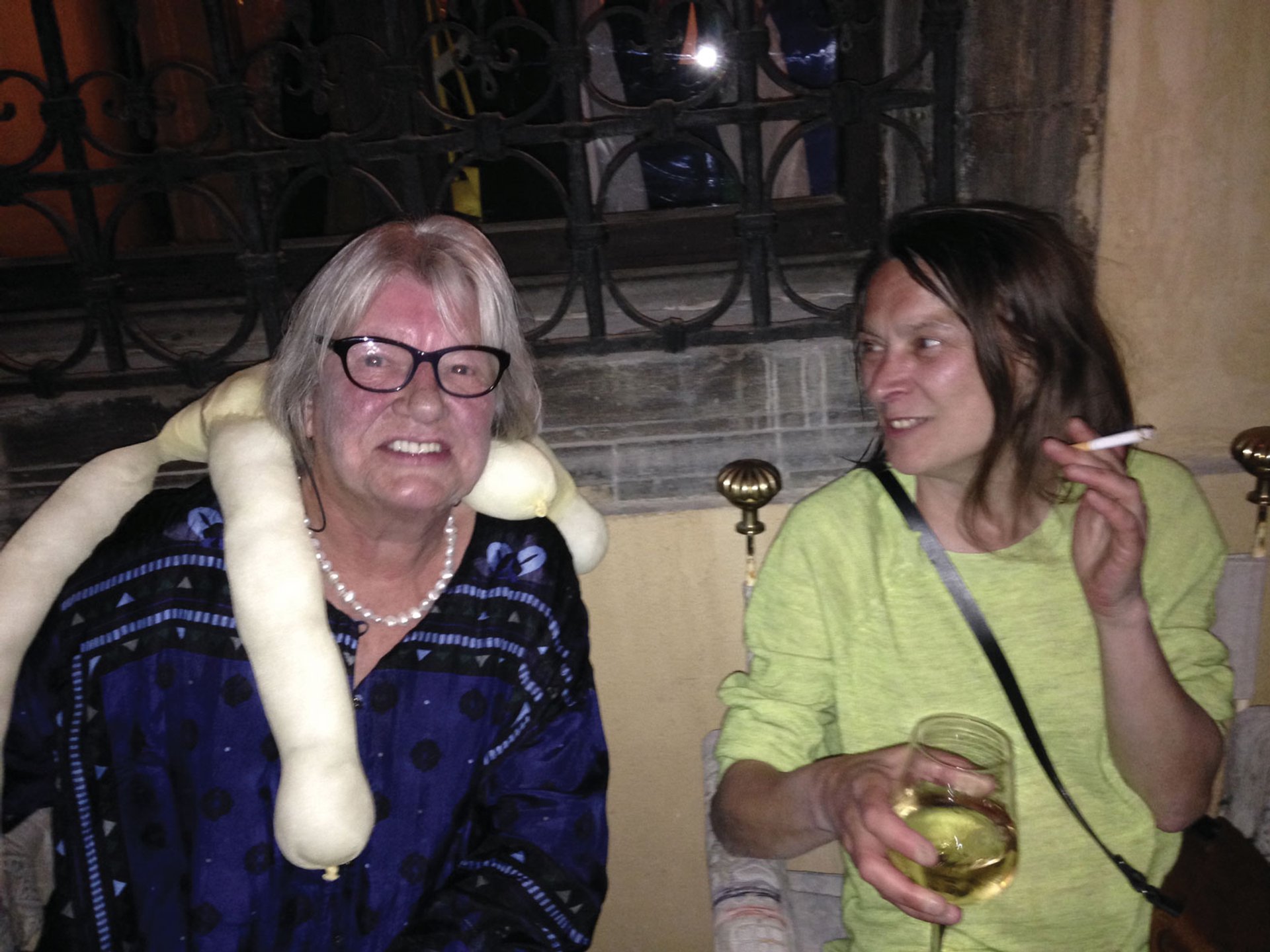
Barber with Sarah Lucas Courtesy of Lynn Barber
You interviewed Salvador Dalí in 1969 for Penthouse magazine. Was he always a showman?
He certainly was when I was with him, and often had quite an entourage around him. Basically he was giving a performance from 11 o’clock to one o’clock in the morning and then had a party in his suite in the evening. But he probably had some downtime in between. I doubt that he was actually painting, though; apparently he stayed at Le Meurice [hotel in Paris] for about a month at a time. But that wasn’t his basic [main] home. Dalí was very engaged and keen to talk about sex, especially his theory that masturbation is the most important thing.
Your spat with the Chapman brothers is part of art-world folklore.
I chose to interview them because I really admired their work. Jake just started abusing me from the moment I walked in and kept telling me I was bourgeois. Of course I’m bourgeois. And then when I asked Dinos about his deformed hand, Jake was outraged, saying, “how dare you ask, what terrible bad manners”, and was behaving like a snotty duchess or something. But then when I ran into him a couple of years ago at Tracey’s [Emin’s residence], he was very nice and wrote a very sweet email saying he was sorry about [the spat] and no longer sees Dinos, which is odd, isn’t it?
Your account of judging the Turner Prize experience in 2006 is candid and entertaining. How was the experience?
I was thrilled and honoured to be asked to be a juror for the Turner Prize. But it quickly all went pretty sour. I made it worse for myself because I couldn’t easily ask people like Tracey [Emin] or [the dealer] Sadie Coles what I ought to go and see. I just got a list of art galleries and went around them all, and there are zillions of them and most of them were showing crap. So it got quite exhausting. And I didn’t get any sort of support or friendship from the other judges. And also the Tate said that they would send us a list of the shows we should go to and months passed. And they never did send a list, or maybe they did eventually, but far too late.
Everyone also said, don’t worry because really Nicholas Serota [the former Tate director and prize chair] chooses everything, and he didn’t appear to intervene or argue while we were discussing, but he did go around the table and said, “none of you have mentioned Tomma Abts.” And I said, well I think she’s very good but a bit dull. And anyway, somehow, the roundabout seemed to stop on Tomma Abts although all of us had actually preferred different people, but in fact, when it came to it, her show was the best.
• Lynn Barber, A Little Art Education, Cheerio, 132pp, £15 (hb)


